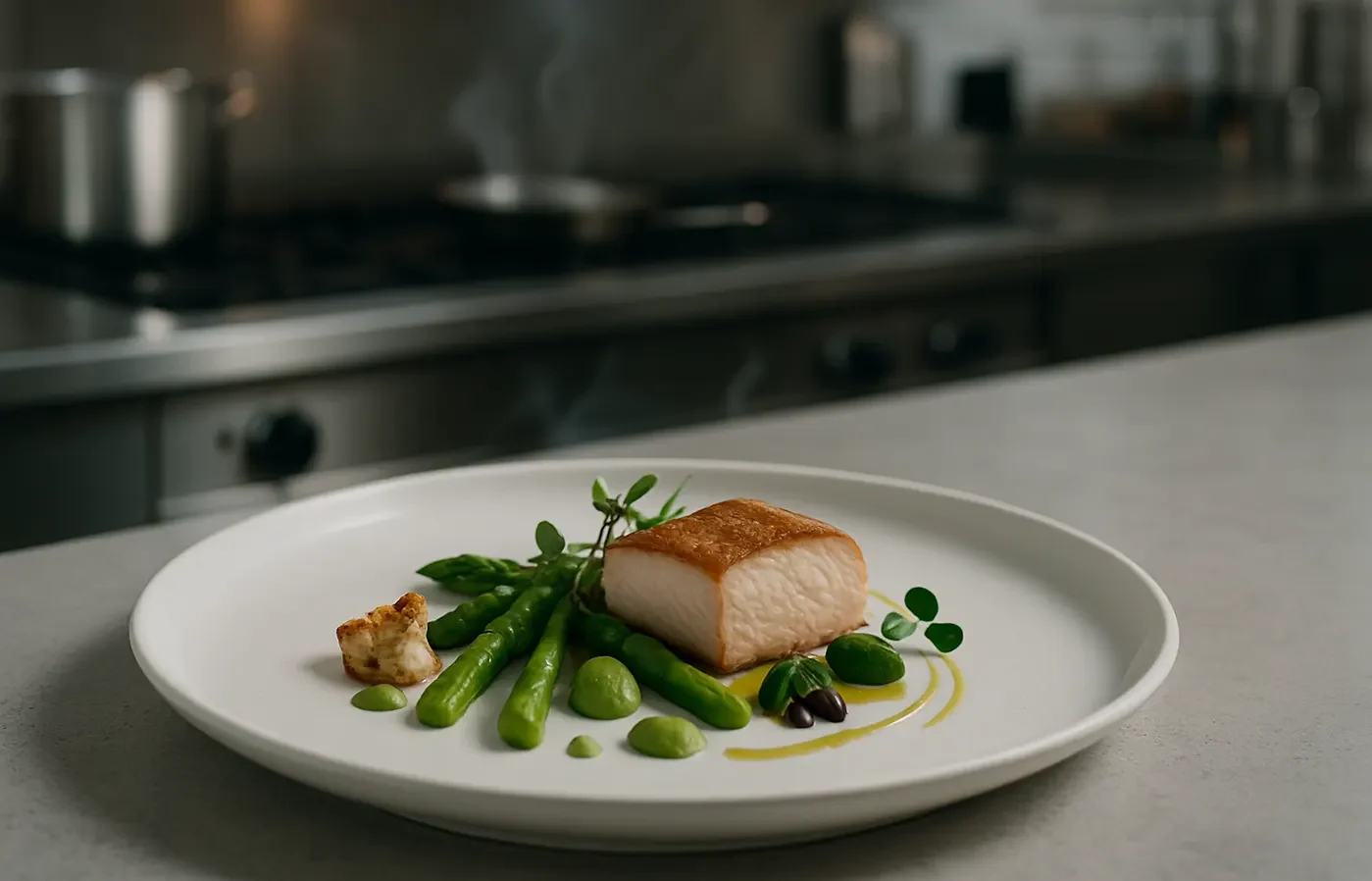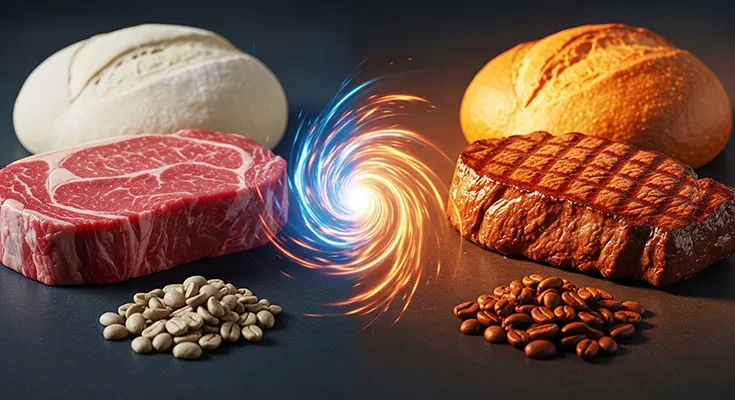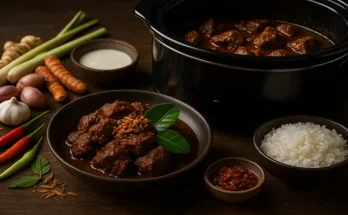Have you ever wondered what makes a seared steak so savory, a golden-brown piece of toast so comforting, or the crust of freshly baked bread so irresistible? The answer is not just one ingredient but a complex chemical process known as the Maillard reaction. Named after French chemist Louis-Camille Maillard, this reaction is the single most important flavor-generating process in the world of high-temperature cooking. It is a non-enzymatic browning reaction that transforms simple sugars and amino acids into hundreds of new flavor compounds, creating the deep, complex, and savory notes we crave.
The Chemistry of Culinary Magic
The Maillard reaction is a series of intricate chemical events that occur when proteins (specifically, amino acids) and reducing sugars are heated together, typically above 285°F (140°C). Unlike caramelization, which involves only sugars, the Maillard reaction is a more complex interplay between multiple types of molecules. The process begins with a reaction between the amino group of an amino acid and the carbonyl group of a sugar. This initial reaction sets off a cascade of further transformations, leading to the formation of a vast array of new compounds, including:
- Melanoidins: These are large, brown polymers responsible for the color of seared meat, toasted bread, and roasted coffee beans.
- Aromatic and Flavor Compounds: This is where the magic happens. The reaction creates a wide range of volatile and non-volatile compounds that are responsible for the distinctive aromas and tastes. These include pyrazines (nutty, roasty flavors), furans (sweet, caramel notes), and thiophenes (meaty flavors).
The specific amino acids and sugars present, as well as the cooking time and temperature, all influence which flavor compounds are produced, creating a unique “flavor fingerprint” for each food.
The Impact on Flavor and Texture
The Maillard reaction is a cornerstone of many of our favorite high-temperature cooking methods because of its transformative impact on both flavor and texture.
- Searing and Roasting Meat: When you sear a steak or roast a chicken, the high heat on the surface of the meat triggers the Maillard reaction. The proteins and sugars on the surface brown, creating a crispy crust and a rich, savory flavor. Without this reaction, the meat would taste bland and boiled, no matter how perfectly cooked the interior.
- Toasting Bread and Baking: Toasting bread is a classic example of the Maillard reaction. The starches and proteins in the bread brown, producing nutty, roasty flavors. In baking, the reaction is responsible for the golden crust on bread, cookies, and pastries, which provides a depth of flavor that complements the sweetness of the interior.
- Roasting Coffee and Cacao: The characteristic roasty and complex flavors of coffee and chocolate are entirely dependent on the Maillard reaction. Green coffee beans and raw cacao nibs are roasted at high temperatures to develop their signature aromas and bitter notes. The extent of the reaction determines the final flavor profile, from a light, fruity roast to a dark, smoky one.
- Caramelizing Onions: While often mistaken for pure caramelization, the browning of onions also involves the Maillard reaction. The sugars and amino acids react, creating a savory sweetness and a deep golden color that forms the base of many sauces and stews.
Maximizing the Maillard Reaction
For chefs and home cooks alike, understanding how to control the Maillard reaction is key to achieving maximum flavor.
- Keep it Dry: The reaction is inhibited by water. For this reason, it is crucial to pat the surface of meat dry before searing to ensure a good crust. When sautéing vegetables, don’t overcrowd the pan, as this can lead to steaming rather than browning.
- Use a Hot Pan: The Maillard reaction requires high temperatures.13A hot pan is essential for a quick and effective sear.
- Control the Heat: While high heat is needed, too much heat can burn the food before the flavors have a chance to develop. A balance is necessary to achieve a golden-brown crust without a bitter, burnt taste.
In essence, the Maillard reaction is more than just a chemical process; it is the fundamental reason why we love to cook with heat. It is the invisible force that creates the savory, nutty, and roasty flavors that define so much of our cuisine, turning simple ingredients into a feast for the senses.





